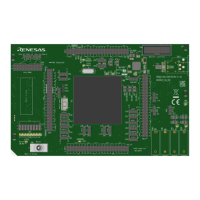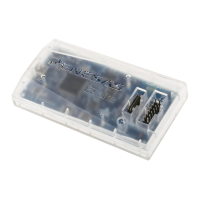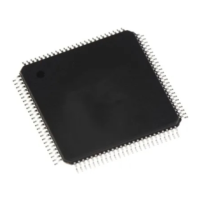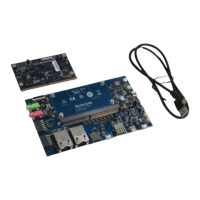Rev. 1.50, 10/04, page 98 of 448
6.2 Data Formats
6.2.1 Floating-Point Format
A floating-point number consists of the following three fields:
• Sign bit (s)
• Exponent field (e)
• Fraction field (f)
The SH-4A can handle single-precision and double-precision floating-point numbers, using the
formats shown in figures 6.1 and 6.2.
31
se f
30 23 22 0
Figure 6.1 Format of Single-Precision Floating-Point Number
63
se f
62 52 51 0
Figure 6.2 Format of Double-Precision Floating-Point Number
The exponent is expressed in biased form, as follows:
e = E + bias
The range of unbiased exponent E is E
min
– 1 to E
max
+ 1. The two values E
min
– 1 and E
max
+ 1 are
distinguished as follows. E
min
– 1 indicates zero (both positive and negative sign) and a
denormalized number, and E
max
+ 1 indicates positive or negative infinity or a non-number (NaN).
Table 6.1 shows floating-point formats and parameters.
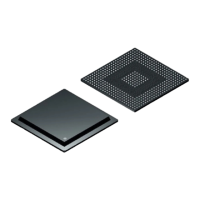
